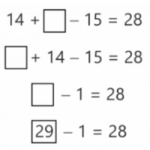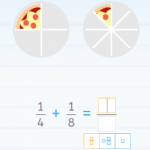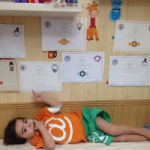May11
Diagnostic Questions in Mathematics Education

We will continue reflecting on Craig Barton’s book How I Wish I’d Taught Maths on the Smartick blog. Today, we will address the topic of diagnostic questions in mathematics education. Diagnostic Teaching Diagnostic teaching has a long tradition in mathematics education. This approach to teaching mathematics was initially developed in the 1980s, at the University […]
Continue reading »












